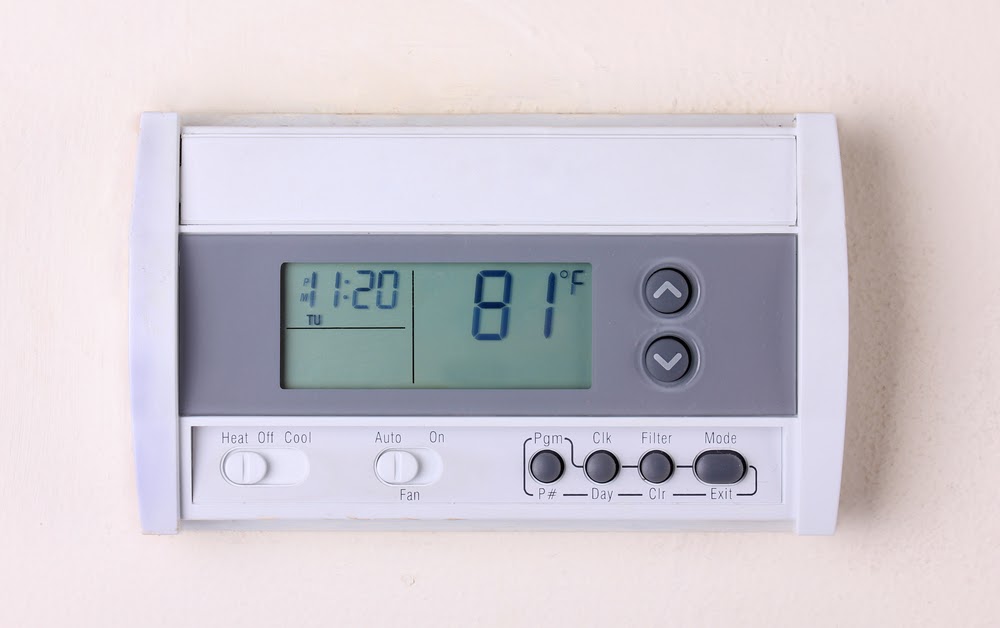What is an Energy Efficiency Ratio?
Heating and cooling is a serious energy drain for the home. Using the furnace or the air conditioner accounts for nearly half of the home’s energy each month. This means that heating and cooling also may take up the majority of the energy bill, too.
When summer kicks into full blazing heat, homeowners looking for a new air conditioner need to pay attention to one figure: the energy efficiency ratio. What is the energy efficiency ratio and why is it important? Here’s what homeowners need to know.
What is the Energy Efficiency Ratio?
The energy efficiency ratio only applies to window units or room unit air conditioners. This figure refers to the cooling output and the electricity input and the relationship between the two.
Homeowners looking at the energy efficiency ratio (EER) should know that higher numbers are the best. Models boasting a high EER means that for every wattage of electricity it will offer maximized cooling.
There is an equation for calculating the EER:

What Air Conditioners Have the Best Energy Efficiency Ratio?
When homeowners need to replace their HVAC or air conditioner, the cost might be quite an investment. However, energy efficient air conditioners could offer better energy savings while keeping the home cool.
Homeowners can find their best energy efficient air conditioner options via ENERGY STAR, which lists the most efficient options. The top choices for energy efficient room air conditioners offer an EER of 15 and higher.
What is SEER?
The energy efficiency of window or room air conditioner units is measured by determining the EER. However, central air conditioning units include a different measurement of energy efficiency.
The Seasonal Energy Efficiency Ratio (SEER) shows how efficient the central system is in relation to its energy use and cooling efficiency. While the energy efficiency ratio is found by dividing the capacity by power, the seasonal energy efficiency ratio is calculated differently.
According to Science Direct, “The SEER rating is calculated by dividing the total number of BTUs (British Thermal Units) of heat removed from the air by the total amount of energy required by the air conditioner in watt-hours.”
So while the EER uses watts, the SEER focuses on watt-hours. This is because central systems run differently than portable or window units. Again, though, the higher the SEER, the more efficient the system.

Making an Older Air Conditioner More Efficient
Homeowners can’t necessarily change or improve an older air conditioner’s EER or SEER, but they can help maximize the efficiency of their unit.
For central air conditioners, even bumping the temperature a bit warmer can help lower energy use and maybe even the bill, too. For maximum energy efficiency of a system, set the thermostat to 78 degrees Fahrenheit.
Using ceiling fans also can help circulate cool air. During summer, the ceiling fan blades should rotate counterclockwise.
The hot summer sun also can heat up the home and cause the air conditioner to do more work. Keep the drapes in rooms closed during the heat of the day. Blackout curtains could provide even more shade and protection against the hot summer sun.
Other Problems that Could Lead to an Overzealous HVAC
Homeowners could notice that their HVAC is working constantly. Maybe the home is difficult to keep cool. This could indicate an issue with other areas of the home.
When rooms feel hotter than the rest of the home, there might be insulation issues. Or windows might be a culprit. Homeowners might decide to have a professional check insulation needs.
There also could be an issue with the air conditioner, too. Homeowners should have their air conditioner serviced at least once a year. This can help identify any problems before they become more expensive investment issues.
Homeowners also need to ensure that they are changing the air filter in their HVAC system regularly. Filters should be changed every 90 days (for pleated filters). A dirty filter will cause the system to work less efficiently.
If the system seems to kick on a bit too often, homeowners also might want to check the thermostat. Someone could have adjusted it to a much cooler temperature.
A central air conditioning system will likely last around 20 years. However, older models might have a shorter lifespan. As these systems are so expensive, homeowners might decide to adjust their habits to maximize energy efficiency and savings. However, when it’s time to replace a room air conditioner or a central system, opting for an energy-efficient model could provide the most savings.


